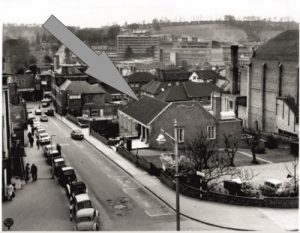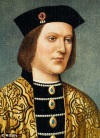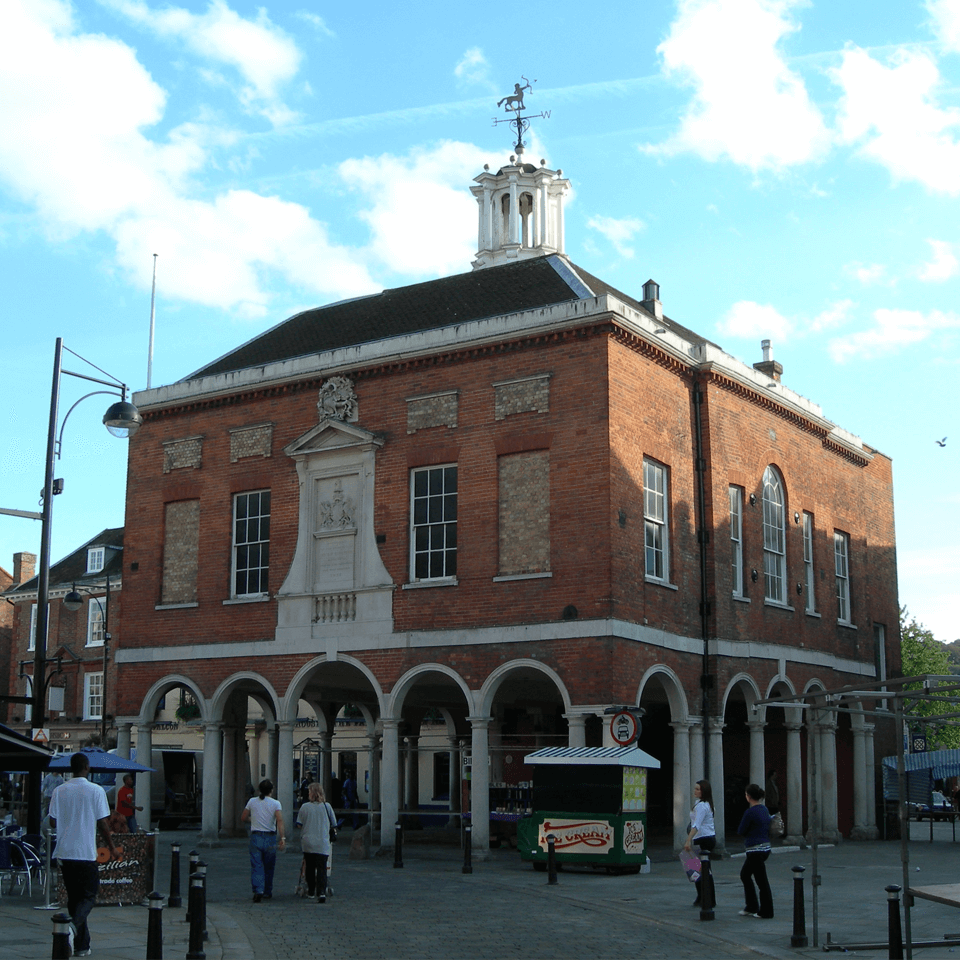Christian Science in High Wycombe and Maidenhead
History
The interactive timelines and image galleries below give a glimpse into the past of Christian Science in High Wycombe, as well as the detailed history of the buildings and land our church currently occupies.
A history of Christian Science in High Wycombe
Early 1900s
Healing beginnings
In the early 1900’s, the Christian Science healing work of Admiral Dunlop of Gerrards Cross, led to interest in the Buckinghamshire area.
1908
Christian Science Society
The first Christian Science Society in High Wycombe is founded, with some seventeen members.
1924
New location
The Society moved from a house in Oxford Road to rooms at 28 High Street, High Wycombe
1934

First Church of Christ, Scientist
The Society was recognised by The First Church of Christ, Scientist, in Boston, as a Christian Science church in High Wycombe.
1976-1981

A growing church
In June 1976, the church members decided to expand the facilities to accommodate 100 people, and in 1978 a contract was let and a new larger auditorium was opened in May 1979, and dedicated, free of any debt on 3 May 1981. A report of the event published in the local newspaper indicated the purpose of our church as “healing the ills and disorders of individuals and society through spiritual means alone”.
1999-2002
Making a move
In November 1999 the members agreed to pursue the sale of the town centre Corporation Street site and after considerable work with town planners and developers, moved from the site in October 2002.
2003-2004

A new home
After a brief period of renting accommodation in Bassetsbury Manor, the church purchased the Tythe Barn in February 2003, and after planning approval and building work, the first Sunday services were held in July 2003. Dedication services for the church in the new building were held on Sunday 29 February 2004, with all the building and restoration work completed.
The Tythe Barn Inauguration 2003
A history of the Bassetsbury Estate and Tythe Barn
1203

King John
King John granted the Manor to Sir Alan Basset, one of the nine barons who were present at the sealing of the Magna Carta at Runnymeade.
1281
Despencers
The Manor passed to the Despencers, and later reverted to the crown by attainder.
1332

Earl of Northampton
Granted by the King to William de Bohun, Earl of Northampton.
1399

Henry IV
The Manor passed into the ownership of the Crown, when Henry Duke of Lancaster became Henry IV.
1411
The great barn
The estate had two fulling mills and a great Barn. Held records show that the Barn was repaired in 1411 with tiles from Penn at 3s-4d per thousand tiles.
1437
Bassetsbury
The name “Bassetsbury” was first recorded.
1483

Edward IV
King Edward IV granted the Manor to the Dean and Chapter of Windsor, who later leased it to Lord Windsor, then John Raunce, and finally became vested in the Dashwoods of West Wycombe.
1503-1531
Walter Jessop
Walter Jessop was bailiff of the manor, and the wealthiest man in Wycombe.

The Tudors
A half timbered house stood on the site, and Queen Elizabeth I was entertained there for one night by John Raunce. Re-modelling took place during the reign of Charles II, but some of the Tudor woodwork remains to this day.
1717

The Dashwoods
The Dashwoods of West Wycombe acquired the lease of the Manor of Wycombe, comprising the Bassetsbury Manor house, the Mill and Barn and Holwell Mead (later joined to the Rye).
1812-1828
Royal Lancastrian School
The Royal Lancasterian School occupied the Manor house with 180 boys housed in two rooms.
1883

Lord Carrington
The Dashwoods lease of the Manor from 1717 expired, and the Ecclesiastical Commissioners sold it to Lord Carrington.
1920s

Derelict
The buildings were derelict, and in considerable disrepair, with no internal sanitation, no water service or internal lighting. Sir Winston Churchill inspected the Manor with a view to purchase, but did not proceed.
1931
A rebirth
Purchased by Fred Skull, the grandson of Walter Skull, renowned furniture manufacturers of High Wycombe. He significantly restored the Manor house through the 1930’s, to its authentic history as a small Charles II Manor house, with some of its Tudor core retained. The main doors to the Manor and several other fittings (including wood panelling) came from the original Quaker Meeting House in Crendon Street when it was demolished. The South end of the Manor house was extended significantly. With renovation completed, the Manor house was then exquisitely furnished with period antiques.
1934

A royal visit
Queen Mary visited the Manor house to view the restored house and its collection of antiques.
1952

The end of an era
After Fred Skull’s death, the contents of the house were auctioned by Christies, and the estate was purchased by Wycombe District Council. Previously the National Trust had been offered the Manor house with contents as a gift, but finally declined the generous offer.
1997

Wedding venue
Bassetsbury Manor was in use as a prestigious setting for commercial lettings, and from 1997 was a much sought after licensed venue for weddings.
2014
Crown House School
The premises have recently been sold by the Wycombe District Council to the Crown House School for development, opening in September 2014.
1990s

Redevelopment
Bassetsbury corn mill and adjoining cottages have been developed as housing.The Tythe Barn was significantly renovated by Wycombe District Council in the late 1990’s, including a re-roofing and foundations, and subsequently auctioned for development as offices.
2003

The Tythe Barn
The major part of the barn – “The Tythe Barn” and its outbuildings, were purchased in 2003, for use by the Christian Science church in High Wycombe, after over 70 years in other premises in the town. The outbuildings, which were the original cow sheds to the barn, were restored by the church, and are now used as car space.
The Tythe Barn, then and now


Christian Science Society, High Wycombe & Maidenhead, Tythe Barn, Bassetsbury Lane, High Wycombe, Buckinghamshire, HP11 1QX
All Rights Reserved. Copyright 2021.
This site is lovingly designed and managed by the Joint Christian Science Reading Room UK.